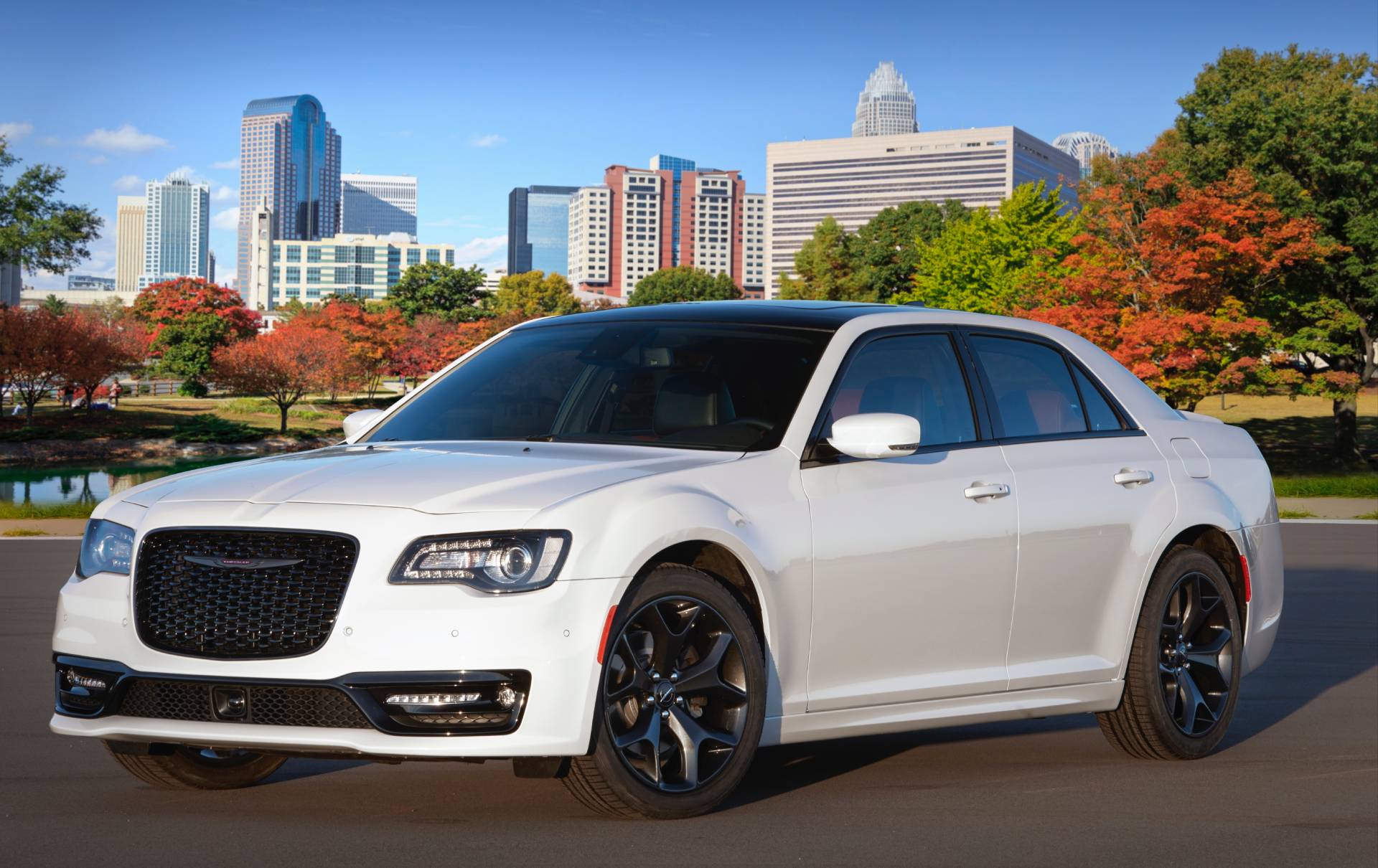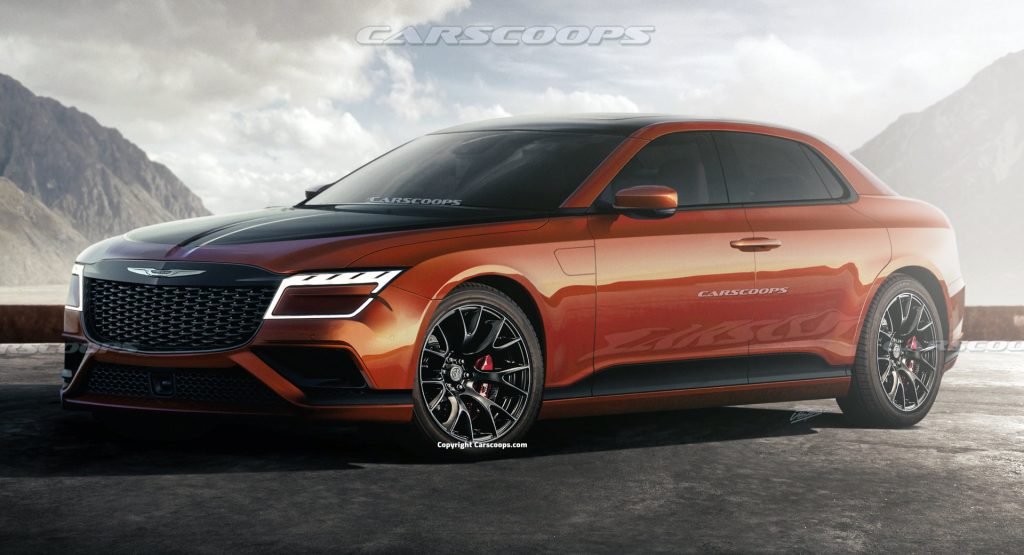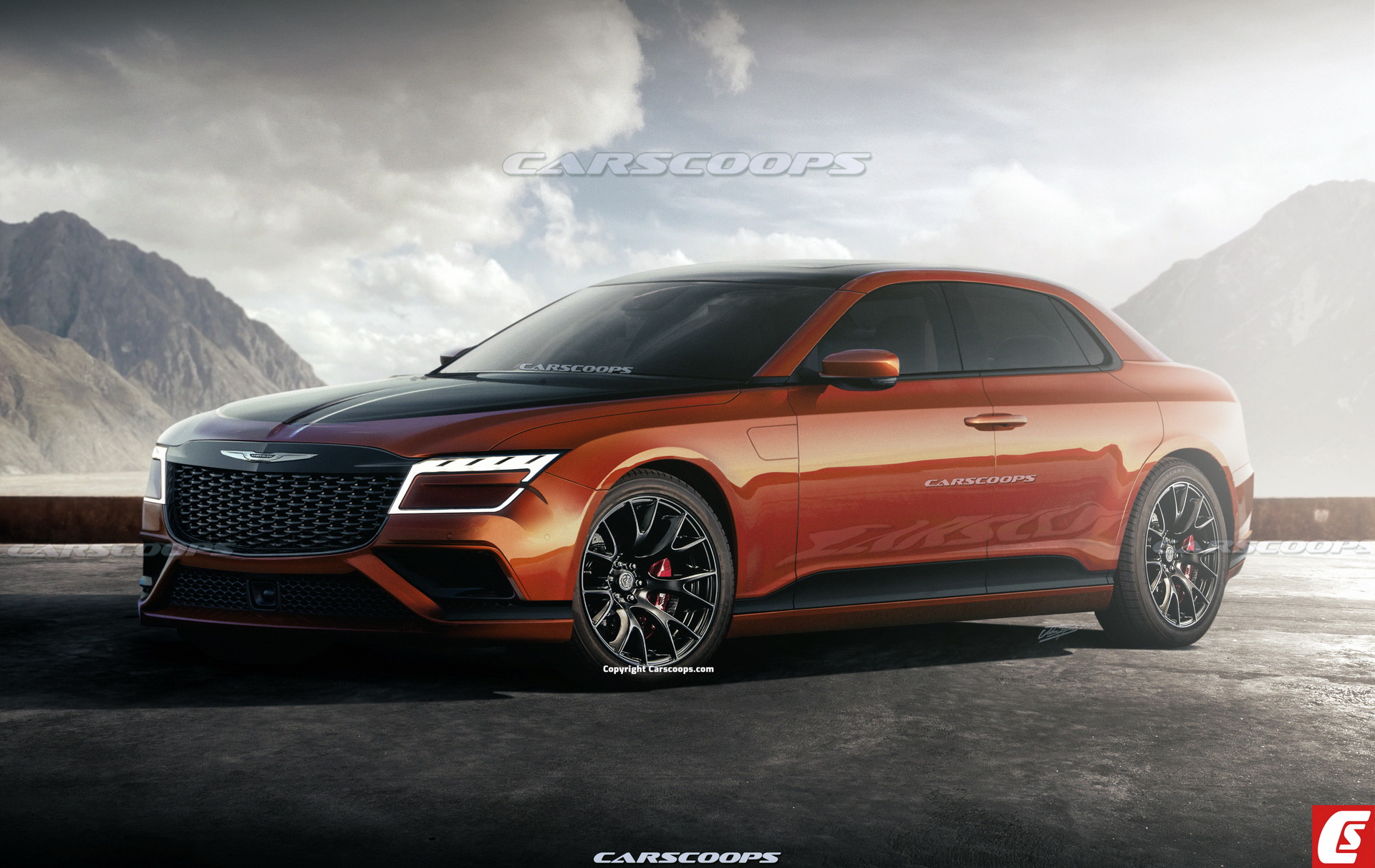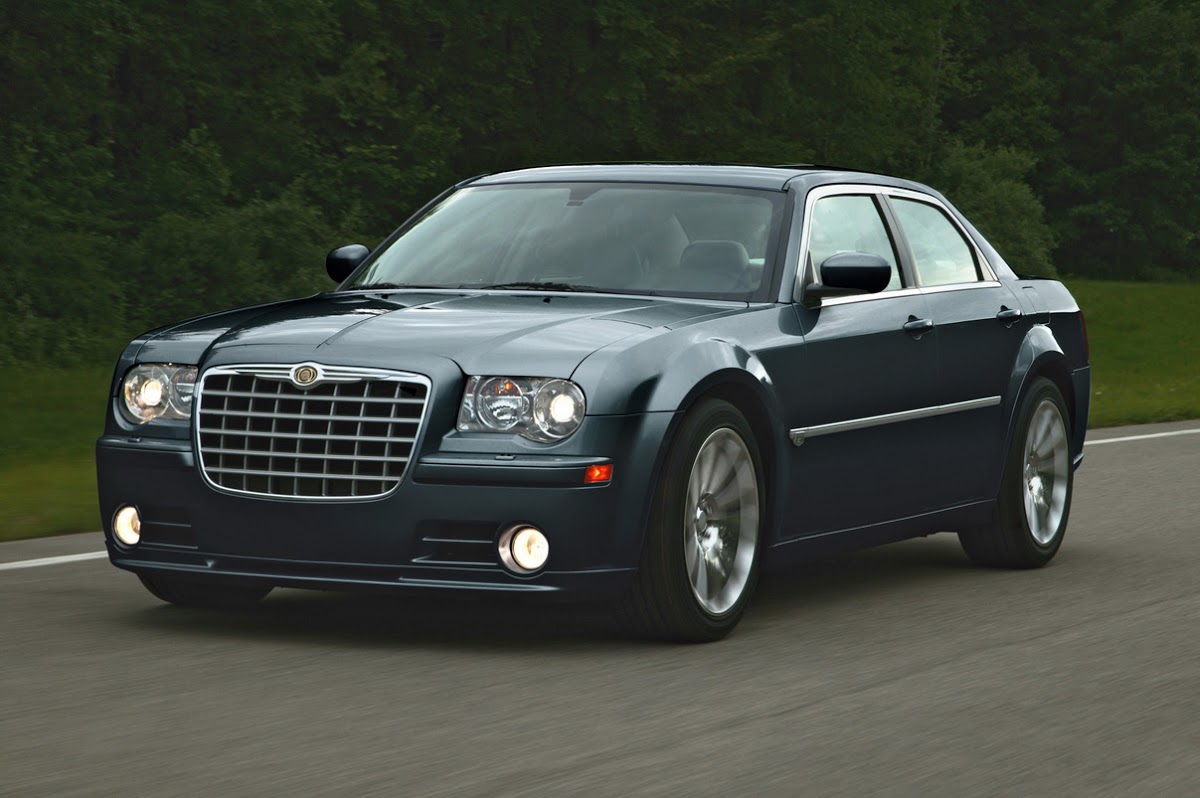This is an independently made illustration by Josh Byrnes for CarScoops that is in no way related to or endorsed by Chrysler
When it comes to overtime rates, the grim reaper must be charging a fortune for welding the axe over Chrysler’s 300; the ageing large sedan has reportedly been on death row since rumors about its demise began swirling a couple of years ago.
Read: 2020 Chrysler 300 – How Does One Of America’s Oldest Cars In The Market Fair After Nine Years?
With no sign of test mules or news to indicate a replacement is coming, it would be safe to assume it’s dead and buried. Or is it? What if in an alternative universe that wasn’t the case, and that a new one was on the cards …curious? Well, let’s dust off the digital crayons and speculatively envisage further with our in-house made illustration.
Imperial Appearances
Our study’s primary objective was to showcase the main hallmarks of a classic rear-drive sedan – which include a long hood, strong axle-to-dash ratio and short overhangs. To further improve visual authority, a strong emphasis was placed on a large imposing grille flanked by oblique LED headlamps and aggressive lower facia. In a move that may divide opinion; a two-tone hood intersects the base of the a-pillars, with black trim continuing a visual link to the rear.
The side features strongly-defined shoulder lines and sculpted lower door inlays which help to break up any visual bulk. Frameless windows add aerodynamic prowess and coach doors exude a hint of Rolls Royce. In a break from 300C tradition, the front fenders also have access ports for the plug-in hybrid system.

The current generation Chrysler 300 has been on the market since 2011 having received a facelift in late 2014
Under The Metal
Cabin-wise, the 300C has never been the hallmark of perceived quality and technology. Perhaps a mix of Alfa Romeo Giulia and Peugeot 508 would be a good starting point in terms of design (although not Peugeot’s controversial instrument cluster/steering wheel arrangement). Another way to go would be to draw inspiration from Chrysler’s most recent concept car, the Airflow Vision that was loaded with screens, including a digital instrument cluster, an infotainment system and a secondary lower display.
Technophiles would appreciate the latest in infotainment and connectivity, with Uconnect 5 now running on completely new hardware; offering over-the-air updates, Alexa support, wireless Android Auto and Apple CarPlay.
As for what lays under the skin; well, some say the 300C’s underpinnings can be traced back to a time where man discovered fire. While FCA’s impending merger with PSA Group could enable access to newer architecture like the EMP2 platform, the latter only covers the upper part of the compact segment up to midsize models with front- and all-wheel drive layouts.
Therefore, it would make more sense to utilize something like an extended version of the Alfa Romeo Giorgio platform that currently underpins the Giulia and Stelvio or possibly, an altered version with more powertrain selections such as electrification – no doubt, a costly choice. A third, even more expensive alternative, as proposed below, would be a fully electric platform that could be shared among different brands in the group.
Power To The People
Arguably the current 300C isn’t lacking is in the engine department, yet greener credentials are always welcome. With that in mind, the Pacifica minivan already offers a potential plug-in powertrain; a 3.6-litre V6 coupled with a 16-kWh lithium-ion battery and e-CVT.
See Also: Chrysler Pays Homage To Australia’s 1969 Valiant Pacer With 300 SRT Special Edition
Furthermore, once the FCA-PSA merger is complete, there could be access to one of Peugeot’s more potent PHEV powertrains as found in the 508 Sport Engineered concept. Sure, it’s smaller in capacity than the V6 (1.6-litres), yet it pumps out a combined 350 hp via two electric motors and an 11 kWh battery pack.
If that leaves you cold, a reworking of the brutish 5.7-litre could yield impressive-levels of power and torque, putting power to the rear wheels (or all-four as an option) via an 8-speed automatic.
Alternatively, as mentioned above in the platform choices, Chrysler could forgo the ICE options and go the full electric route, which might make sense if you’re looking into the future, but it would be a very costly endeavor, one that we’re not so sure FCA would be able (or perhaps even willing) to hedge its bets on at this time.
A Dying Segment
The 300 (and its Dodge Charger cousin) sit in an ever-declining large sedan market, yet are unique in that they offer rear-wheel-drive with accessible V8 performance. Many of its rivals, like Nissan’s Maxima and Toyota Avalon, instead opt for V6 powertrains and front-wheel-drive/AWD combinations.
However, would a new lease on life be enough to lure buyers away from its rivals and the relentless popularity of SUVs? Arguably it’s a tall order; any replacement would need to be a smash hit, and then there’s the elephant in the room with the Chrysler brand only having two models …crystal ball-gazing aside, I’m not sure that’s enough to survive.
Share your thoughts in the comments below.













